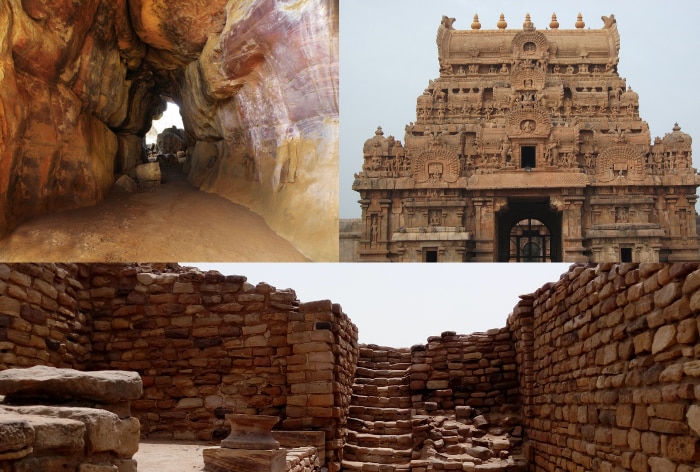
Schools in Haryana’s Panchkula to Remain Shut on July 11, 12 Due to Heavy Rains | Here’s When Classes Will Resume

New Delhi: From the bustling metropolises of Mumbai and Delhi to the serene backwaters of Kerala and the snow-capped peaks of the Himalayas -India is a land of contrasts. It is also a land of history and culture, with a rich heritage that dates back thousands of years. One of the best ways to experience India’s rich history and culture is to visit its UNESCO World Heritage sites. These sites are some of the most important and impressive examples of human achievement in India, and they offer a glimpse into the country’s past and present.
Here are 5 UNESCO World Heritage Sites in India that will make you rethink everything you thought you knew about India:
Bhimbetka Rock Shelters is a UNESCO World Heritage Site in India that dates back to the Mesolithic Age. The site is located on the foothills of the Vindhya Range, and it is home to over 750 rock shelters that contain paintings from the Mesolithic, Neolithic, and Chalcolithic periods. The paintings depict a variety of scenes from the lives of early humans, including hunting, gathering, and dancing. They also depict animals, plants, and geometric shapes, as per Times Travel.
Le Corbusier was the architect behind the Capitol Complex in Chandigarh. The complex consists of three buildings: the Secretariat, the Legislative Assembly, and the High Court. These buildings are located in Sector 1 of Chandigarh and are considered masterpieces of modern architecture.
The Capitol Complex was originally intended to be the seat of government for the state of Punjab, but it now serves as the joint capital of Punjab and Haryana. The complex is also home to the Open Hand Monument, which is the official logo of Chandigarh. The Open Hand was designed by Le Corbusier and is a symbol of peace and hope.
The ancient city of Dholavira, the southern center of the Harappan Civilization, is sited on the arid island of Khadir in the State of Gujarat. Occupied between ca. 3000 and 1500 BCE, the archaeological site, one of the best preserved urban settlements from the period in Southeast Asia, comprises a fortified city and a cemetery. Two seasonal streams provided water, a scarce resource in the region, to the walled city, which comprises a heavily fortified castle and ceremonial ground as well as streets and houses of different proportions and quality, which testify to a stratified social order, as per UNESCO.
The Great Living Chola Temples are a group of three Hindu temples in India that were built by the Chola Empire between the 11th and 12th centuries. The temples are located in the states of Tamil Nadu and Andhra Pradesh, and they are considered to be some of the most important examples of Chola architecture.
The Churches and Convents of Goa are a group of religious buildings in the former Portuguese colony of Goa. The churches and convents were built in the 16th and 17th centuries, and they reflect the Portuguese influence on Indian architecture.
The most famous of the churches and convents is the Church of Bom Jesus, which contains the tomb of St. Francis Xavier. The church is a UNESCO World Heritage Site, and it is one of the most popular tourist destinations in Goa, as per UNESCO.
For breaking news and live news updates, like us on Facebook or follow us on Twitter and Instagram. Read more on Latest Articles News on India.com.
Enroll for our free updates
